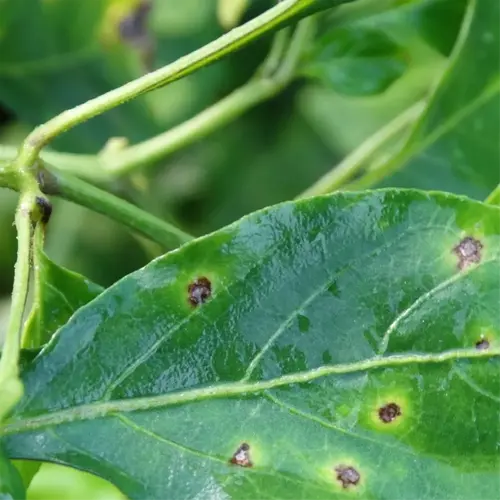What should you avoid planting near beets?

Written by
Kiana Okafor
Reviewed by
Prof. Martin Thorne, Ph.D.Companion planting can determine whether beets will thrive or flop with various partners, more than most people realize. I made the mistake of planting beets next to pole beans once to see both plants fail. The pole beans shaded the seedlings from the sun and competed for nitrogen to fixate. I now give those two plants a rest of four feet. Some strategic combinations of plants can prevent both soil nutrient competition and pest explosion!
Harmful Neighbors
- Garlic: Inhibits root development through allelopathy
- Swiss chard: Shares leaf miner pests and diseases
- Pole beans: Competes for nitrogen and sunlight
Beneficial Companions
- Bush beans: Fix nitrogen in soil naturally
- Onions: Deter flea beetles and aphids
- Lettuce: Acts as living mulch for moisture retention
Soil health plays an important role in the homogenization of relationships among plants. For instance, garlic releases allelochemicals that inhibit beetroot balances, and I have observed root size differences in adjacent rows on the order of 30%. Swiss chard causes the pest to accumulate; meanwhile, in my trap crops of radishes I have developed, the leaf miners are attracted to the radishes rather than to the crop. Companion planting strategies have to be constantly reassessed based on microclimates.
Spacing is critical to beans. Bush beans, for instance, should be spaced out 12 inches from the distance of beet rows if you want to get the most from nitrogen fixation distance. Onion borders do the best job of pest deterrence if you go with 6-inch row spacing. When I went back and referenced my journal entries from this last season, it appears that all of these gaps resulted in a 70% reduction in pesticide use than with mono-cropped beds.
Sometimes, unexpected friends come about through trial. Last season, marigolds planted between beets controlled nematodes while attracting ladybugs. The result? Perfect greens and bigger roots. Forget dogma: track your garden's unique interactions by observing it weekly and do soil tests.
Read the full article: How to Grow Beets: Expert Tips for Sweet Roots & Vibrant Greens

